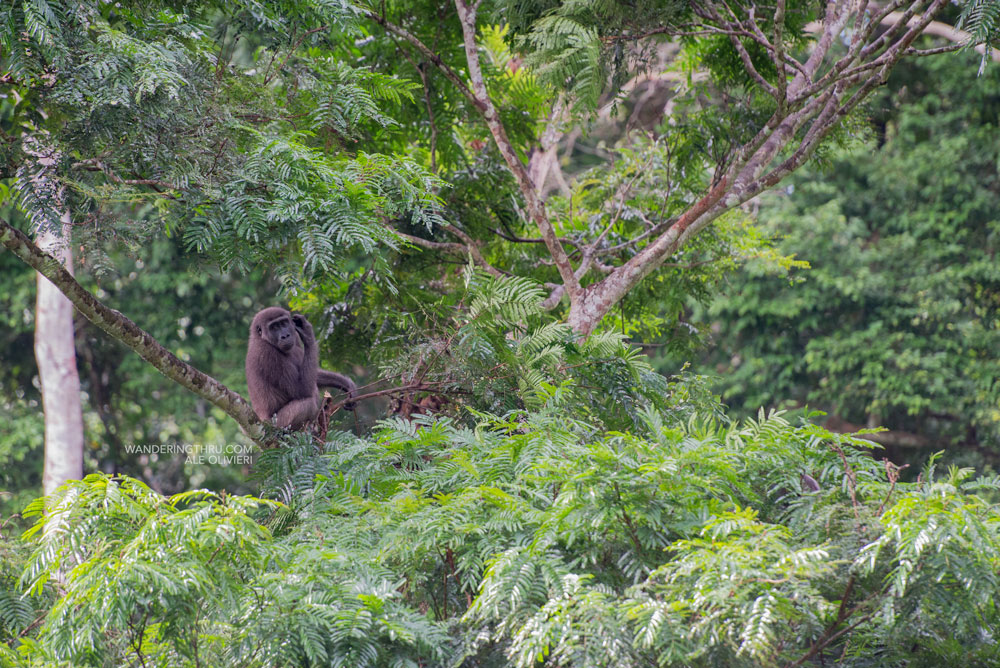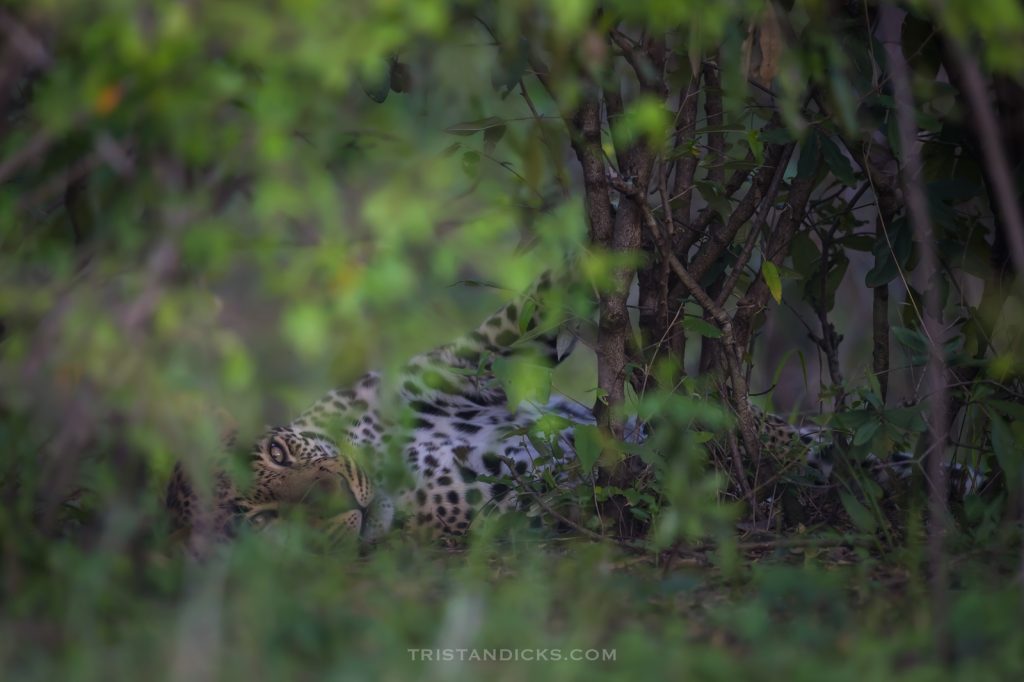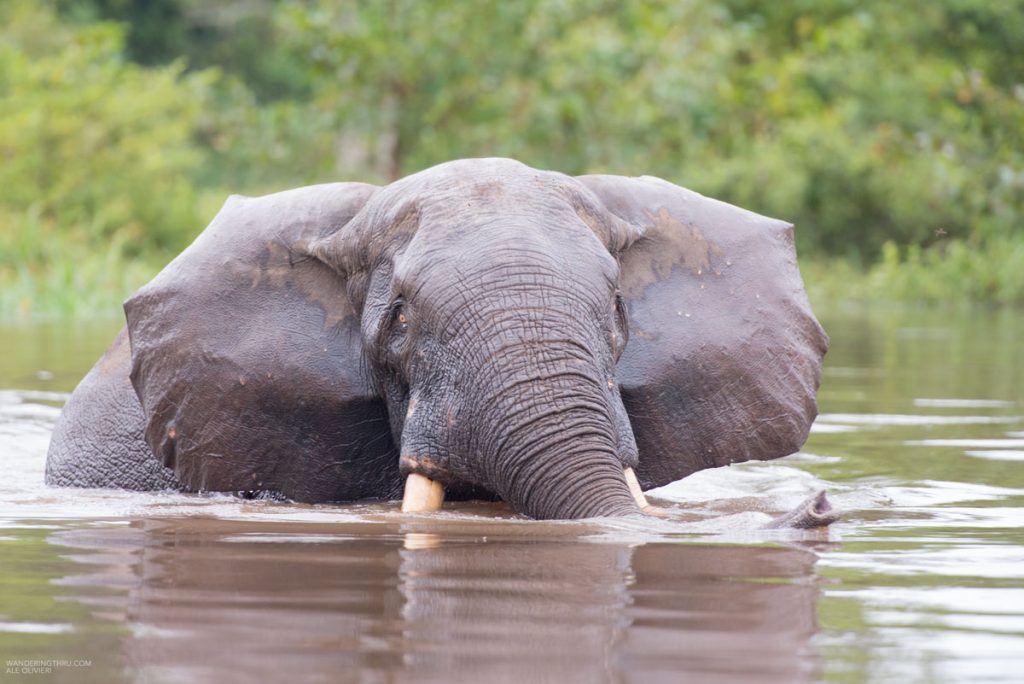When people think of forests, they always think about the large forests found on the American and Asian continents, forgetting about the African forests. Fare enough, as many people think of Africa as the large dry deserts in the north and the bush-veld in the south. In the centre though is found a dense part of impenetrable forest and is part of the three great forests masses on earth.
Part of the reason people forget is the fact that the African forests do not cover as much percentage of the continent as some of the others do on theirs. The Democratic Republic of Congo has the largest forest area in Africa, whilst Gabon has the highest percentage of forest cob=very of any of the African countries. We are going to have a closer look at the African forest and what wonders can be found and how it all works.

How the forest came about
Over the last millions of years, the forests themselves have got bigger and smaller depending on a few factors. An example of this is Greenland, a land of snow and ice, was once a large forest supporting large amounts of wildlife. The African example would be the central section of the forest in Congo, which was once a large lake. It was only around sixty thousand years ago that the sands of the Kalahari blew in and dried it up.
The growth of forests can very much depend on a soils and climates that allow for trees to grow. High temperatures and a large amount of annual rainfall help with this. Today this is confined to the tropical regions, whilst the other old forest regions are made up of old woodlands, deserts or tundras. The balance between geographical and climatic factors are so slight, that even a small drop in temperature may reduce evaporation. In turn this will increase the humidity and cause the forest to grow and increase the forests boundaries.
Something to keep in mind when looking at a forest, is unlike the savannah system, it is measured in 3 dimension. Savannah systems are measured in two dimensions, with that being length and breadth, while in the forest you have to add height to it as well.
Vegetation growth
As there is only a small amount of light coming through the canopy of the trees, grasses do not do well in the forest. They may flourish in small areas where there are gaps or if a tree falls down and creates a small window of light. Trees though are usually packed so together that movement is difficult and seeing more than 30 or 40 metres can even be near impossible. As one can imagine, viewing from the air is near impossible as well through the thick carpet of greenery you have to look down on. This has made studying life in the forests incredibly difficult as for a long time the only way to do it was on foot. This in itself was not easy and a lot of studies were done along rivers that meandered through the forests or along the forest edges.

In the other forests around the world, the tree species found there are all the same or there is a very low number of different species. In the African forests however, it is very rare to find two trees growing next to one another of the same species. As a result of this, with the large diversity of trees, it is very uncommon for there to be a season where some species hasn’t got fruit on it. This encourages a large amount of fruit eating animals in the forest and so large amounts of active seed disperses. Even if only one species has fruit ion a season, animals can move back and forth between fruiting individuals.
The quick growth and healthy maintenance of the forest itself is thanks to the unseen microorganisms that are found here and in any other system. In the forests hot, humid environment, the tiny army of organisms enjoy conditions that are perfect for them. In these perfect conditions, they quickly turn any dead or dying materials into rich humus which covers the forests floor. The nutrients that come from this help the vegetation grow at even faster rate.
The boundary line
With some of the habitats it can be very difficult to see where one stops and the other begins as they usually change slowly from one to the other with a good transitional zone. However with the boundary of a forest, it is quite easy to see as it is quite clear even to the untrained eye. Towards the boundary, the areas of forest may open up or form small islands with grass surrounding them. These areas are the last signs signifying a time when the forests were once larger and have now pushed back. It is almost a line between two types of animal species, large herds followed by prowling predators on the plains versus the shy animals, used to their shadows and darkness.

Secretive inhabitants
We have spoken about and covered a lot of the large mammal species that we may find in these dense African forests. The Great apes, forest elephants and buffalo, specialised antelope like the bongo and countless duiker and monkey species all thrive here in their secretive world. Although signs of these may be seen and sounds of them heard, some of these species may be unseen for extended periods of time, even by people that are in the forest daily. Birds also doing really well in the forests, but birding itself can be tough in the dense foliage and knowing ones calls can be very important to locate on certain species.
Although these large animals are the ones we come looking for, it is the insects that are the most important to the forests itself. The insects themselves are an important food source to many of the other creatures and they come in all shapes, sizes and colours. They include the safari ants, that not only feed on other small animals, but bite us if we aren’t well protected. Many wood-eating beetles are found, boring into the dead wood and breaking it down. Butterflies of all shapes and colours are found at different heights of the forest.
In a world where there is so much wood and perfect climatic conditions, numerous species of termites thrive in the forest. Rather than building their mounds in the open, these termite species usually build their mounds at the base of a large tree. Rain water rushing down the trunk of a tree could wash them away, but these small creatures have come up with ways of combating this. They have created little porches or water flows that sit above the mound. These help redirect the water away from the mound and so keep them from flooding.
Rain can cause a lot of insects that live in the open or high up in the canopy a big problem. A large storm, with strong winds can be quite violent and insects high up run the risk of being torn apart. It makes it a lot safer to live lower down in the forest, where the water would have run through leaves and branches, calming closer to the ground. In some places, even with high rainfall, the ground itself can remain completely dry as the water is quickly soaked up by the soils and vegetation. Small ponds may be far more scarce than what one would assume. This however has very little effect on frogs and toads, that can survive well simply on the high humidity levels in the forest itself.

The forest is a very special place to visit and if given the opportunity, it certainly is something worth exploring. A few special lodges have popped up in the last few years and can really add a new dimension to a trip. From getting to witness some of the big guys in a different way, but also finding the new, small, weird and unique guys you may have never thought even existed.





